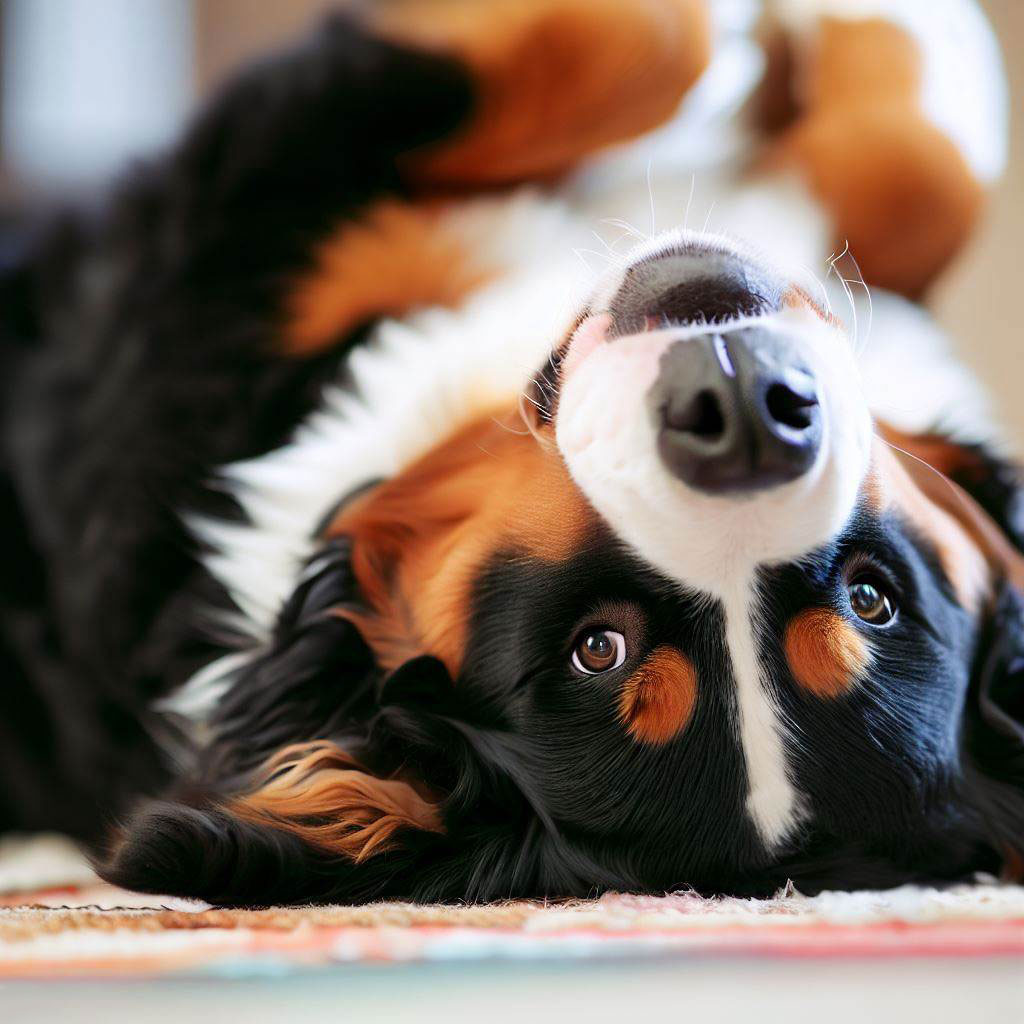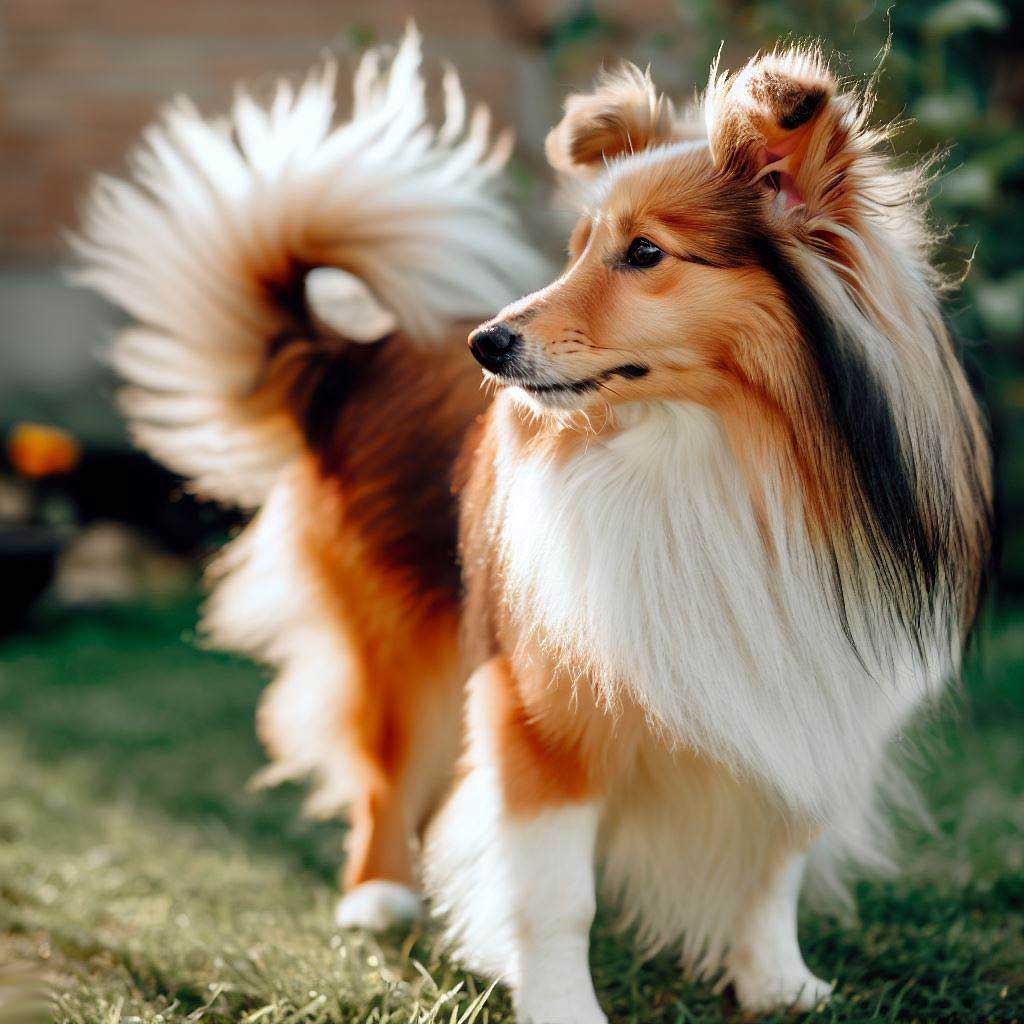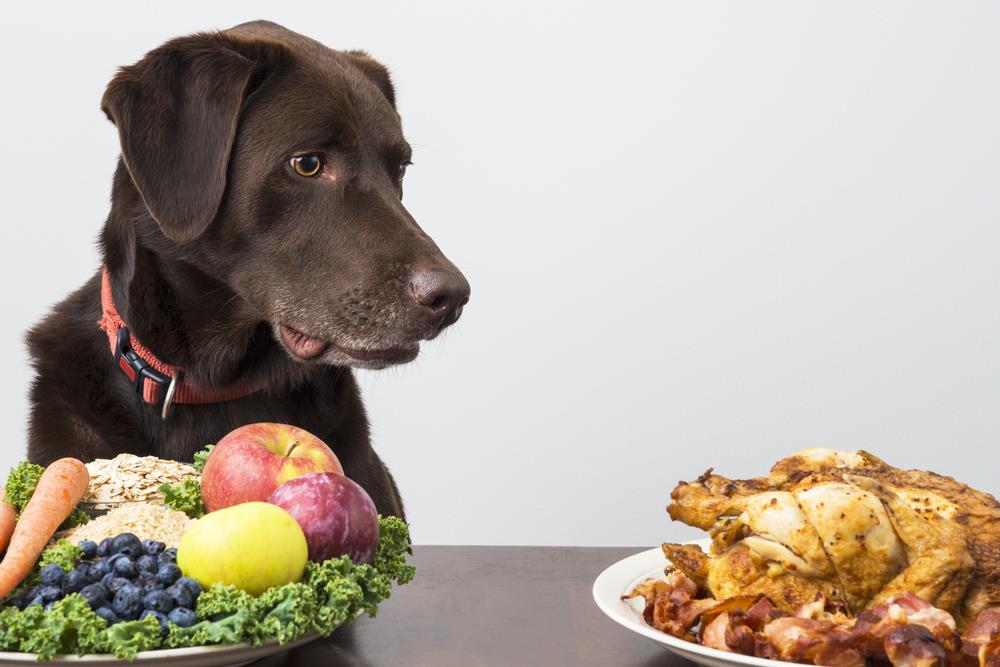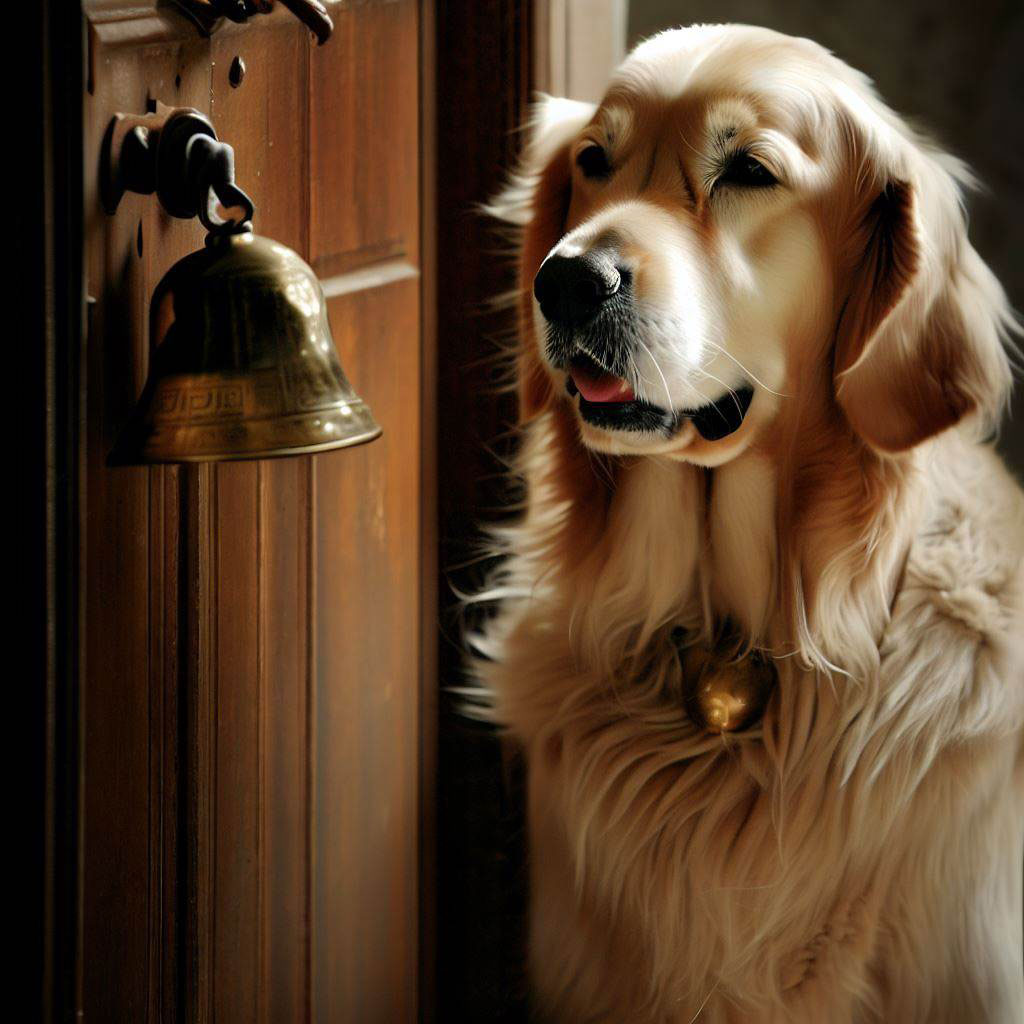How to Teach a Dog to Roll Over: Dog Training 101. Unlock training secrets and dive into expert techniques for a successful training journey!
Table of Contents
How to Teach Your Dog to Roll Over
Teaching your dog to perform tricks is more than just a fun game. It’s an essential part of their mental stimulation, obedience training, and bonding with you as their owner. One fascinating and entertaining command is “Roll Over.” If you’re wondering how to teach a dog to roll over, you’re in the right place. This command isn’t merely a spectacle; it’s a demonstration of your dog’s agility, obedience, and trust in you as the handler. Here’s an insight into why learning this trick is valuable, and a brief outline of the step-by-step process that will enable you to teach your canine companion to roll over efficiently.
Understanding Your Dog’s Behavior
Before diving into the specifics of how to teach a dog to roll over, it’s crucial to understand your pet’s individual behavior. A closer examination of their personality, readiness for learning, and physical ability to perform the trick will set the stage for successful training.
Recognizing the Dog’s Personality
Every dog has its unique personality. Some dogs may be more adventurous and eager to learn, while others might be shy or hesitant. Understanding this is the first step to tailoring your approach on how to teach a dog to roll over.
- Adventurous Dogs: If your dog is generally outgoing, you might find that they quickly grasp the idea of rolling over. In this case, positive reinforcement and encouragement will work wonders.
- Shy Dogs: For a more reserved dog, patience will be key. Gentle guidance and taking it slow will help them feel comfortable and more receptive to learning this new command.
Assessing Readiness for Learning “Roll Over”
Determining whether your dog is ready to learn how to roll over is vital. Readiness involves several factors:
- Prior Training: Your dog should already be familiar with basic commands like ‘Sit’ and ‘Lie Down.’ These commands will form the foundation for teaching “Roll Over.”
- Interest and Engagement: Watch for signs of interest or disengagement. If your dog seems confused or uninterested, it may be necessary to slow down and reinforce the foundational commands.
- Age Consideration: While puppies may be more adaptable, older dogs can also learn new tricks, including rolling over. Assessing your dog’s readiness will allow you to adjust your training to suit their needs.
Connection Between Physical Fitness and the Ability to Roll Over
The physical capability of your dog plays a significant role in determining how to teach a dog to roll over. Here’s why:
- Physical Health: Rolling over requires agility and flexibility. If your dog has joint issues or other health problems, rolling over might not be suitable.
- Weight Consideration: Overweight dogs might find this command more challenging. A proper diet and exercise regime may be needed before introducing this trick.
- Breed Consideration: Some breeds might find this trick more natural than others. Short-legged or large-bodied breeds might need more time and patience.
By recognizing your dog’s personality, assessing their readiness, and understanding the connection between their physical fitness and the ability to roll over, you’re paving the way for a positive and successful training experience.
The insights gained from these considerations will empower you to approach the training process with confidence and sensitivity, optimizing the journey of how to teach a dog to roll over.
Taking the time to understand your pet’s unique characteristics and needs will enhance not only the effectiveness of your training but also the quality of the time you spend together. It’s about building trust, promoting well-being, and creating a rewarding and joyful experience for both you and your furry friend.
In the next part of this guide, we’ll delve into the step-by-step process, tools, preparations, and common mistakes to avoid, ensuring you have everything you need to know on how to teach a dog to roll over. These elements will be tailored to suit your dog’s individual needs, making the learning process engaging, efficient, and most importantly, fun.
With persistence, understanding, and positive reinforcement, teaching your dog to roll over will become a rewarding experience that strengthens your bond and showcases your pet’s incredible abilities.

Tools and Preparations
The path to success in teaching your furry friend this new trick isn’t just about understanding their personality or readiness; it’s also about the tools and preparations that set the stage. Let’s explore how to create the perfect environment and mindset to teach a dog to roll over.
Choosing the Right Location
When figuring out how to teach a dog to roll over, the first step is selecting the appropriate location. It should be:
- Quiet and Distraction-Free: Your dog will be more focused without distractions. Whether indoors or in a secluded area outside, a peaceful environment is crucial.
- Soft Surface: Whether it’s a carpeted room or grassy area, a soft surface ensures comfort and reduces the chance of injury during the rolling over motion.
- Spacious Enough: Your dog needs enough room to move freely without bumping into objects. Ensure there is ample space for practicing the roll-over command.
Necessary Training Tools and Treats
The next essential step in learning how to teach a dog to roll over involves assembling the right tools and treats:
- Training Clicker (Optional): A training clicker can be a useful tool to signal positive behavior.
- Favorite Treats: High-value treats that your dog loves will reinforce positive behavior and make the learning process enjoyable.
- Comfortable Leash (If Needed): If you are in an area where control is essential, a comfortable leash that doesn’t constrain movement can be handy.
Remember, the key to success in teaching a dog to roll over lies in consistency and positive reinforcement. Having the right tools at hand helps in maintaining that consistency.
Getting Your Dog in the Right Mindset
Lastly, preparing your dog mentally is as essential as the physical preparations. Here’s how you can get your dog in the right mindset to learn how to roll over:
- Warm-Up: Begin with some familiar commands or light exercise to get them focused and responsive.
- Calm Approach: Your calm and confident demeanor will help your dog feel at ease and receptive to learning.
- Clear and Consistent Commands: Using the same command and gesture will make it easier for your dog to understand what you want them to do.
Preparation and patience are vital when considering how to teach a dog to roll over. Your understanding of your dog’s needs, coupled with the right location, tools, and mindset, will make this training not only possible but a joyous experience. Each step is a building block, paving the way for a successful and satisfying result, enhancing the bond between you and your pet, and adding a new dimension to their skillset.
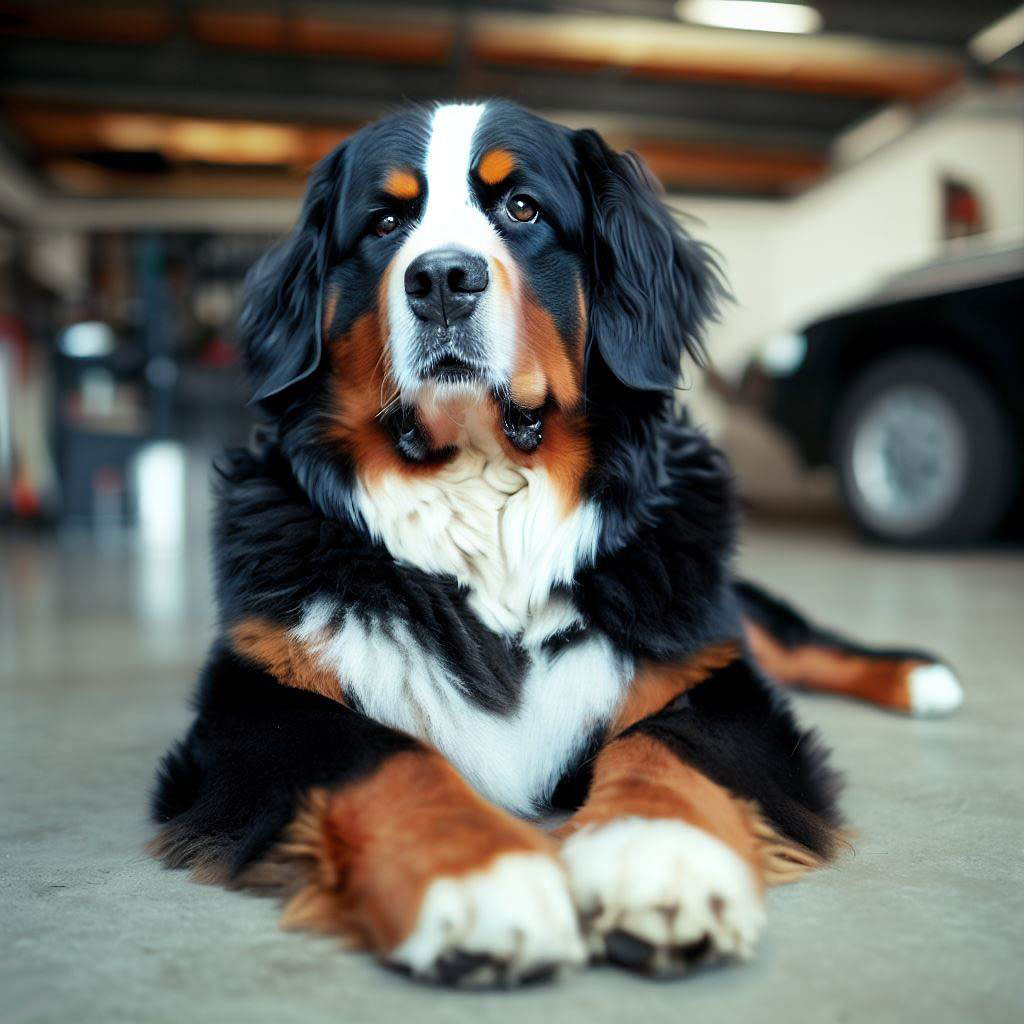
Step-by-Step Guide on How to Teach a Dog to Roll Over
Teaching a dog a new command can be an exciting experience for both you and your pet. Here’s a comprehensive guide on how to teach a dog to roll over, building from basic commands to executing the perfect roll.
Step 1: Start with a ‘Sit’ Command
The first step on how to teach a dog to roll over is utilizing commands they’re likely already familiar with.
Building on Previous Commands
Before attempting to teach the roll over, your dog should respond to the ‘Sit’ command. If they already know this command, great! If not, it’s a good time to teach it, as it will be the starting point for the roll-over command.
Proper Positioning
Position yourself at your dog’s level, and make sure they are comfortable with you in their space. This trust and understanding are crucial in learning how to teach a dog to roll over.
Step 2: Introduce the ‘Lie Down’ Command
The next step involves teaching your dog to lie down from a sitting position.
Techniques to Teach ‘Lie Down’
- Use a Treat: Hold a treat close to their nose and slowly move it down towards the ground, guiding them into the lying position.
- Positive Reinforcement: Praise them and provide the treat as soon as they lie down. Repeating this process reinforces the behavior.
Step 3: Guiding the Roll Over
Now comes the exciting part of guiding your dog into a roll-over position.
Using Treats to Guide the Movement
- Guide with the Treat: While they are in the ‘Lie Down’ position, hold a treat close to their nose and slowly move it towards their shoulder, encouraging them to roll over.
- Patience is Key: It might take some time for them to get it. Some dogs will follow the treat easily, while others may need more encouragement.
Tips for Gentle Guidance
- Don’t Force the Movement: If your dog seems uncomfortable, give them time and try again later.
- Celebrate Partial Success: Even if they only roll partway over, praise them for their effort.
Step 4: Adding the Command ‘Roll Over’
This stage introduces the actual ‘Roll Over’ command.
When to Introduce the Verbal Cue
- Pairing with the Action: Once your dog begins to understand the motion, you can start to say “Roll Over” as you guide them with the treat.
Techniques for Reinforcement
- Repeat and Reward: Continue to practice the movement, using the command “Roll Over,” followed by a treat when they perform the action.
Step 5: Practice and Reward
The last step on how to teach a dog to roll over involves consistent practice and appropriate rewarding.
Importance of Repetition
- Regular Practice: Consistent practice helps reinforce the behavior. Like any learned skill, the more they practice, the more natural it becomes.
- Gradual Phasing Out of Treats: As they get the hang of it, you can gradually reduce the frequency of treats.
Appropriate Rewarding
- Verbal Praise: Encouraging words can be just as rewarding as treats. Positive reinforcement doesn’t always have to be food-based.
Each step is a gradual building block towards understanding how to teach a dog to roll over. Patience, consistency, and positive reinforcement are your best allies in this fun and engaging training process. Engaging with your dog through these steps not only results in a new trick learned but a stronger bond formed.
Common Mistakes and How to Avoid Them
When considering how to teach a dog to roll over, it’s essential not only to know the right steps but also to be aware of common mistakes and how to avoid them. Here are some typical errors that people make, along with solutions to guide you in the right direction.
Mistake 1: Moving too Fast
One of the most common mistakes in teaching a dog to roll over is progressing too quickly through the steps.
Problem: Rushing the training process can confuse your dog and make it harder for them to understand the command.
Solution: Patience is key. Focus on each step, ensuring your dog is comfortable before moving to the next phase. Give them time to process what they’ve learned, as this understanding forms the basis of how to teach a dog to roll over effectively.
Mistake 2: Lack of Consistency
Consistency is another critical factor that can affect the learning process.
Problem: Inconsistent commands, rewards, or even training times can send mixed signals to your dog.
Solution: Maintain consistency in everything you do. Whether it’s the commands, the rewards, or the time of day you practice, keeping things consistent helps reinforce the behavior. This principle is a foundational aspect of understanding how to teach a dog to roll over.
Mistake 3: Overuse of Treats
Treats are a powerful tool in training but must be used appropriately.
Problem: Relying too heavily on treats can lead to a situation where your dog only performs the command when a treat is present.
Solution: Gradually reduce the use of treats as your dog gets more comfortable with the command. Incorporate verbal praise and affection, so they don’t associate the command solely with food rewards. Balancing rewards in this way enhances your approach to teaching a dog to roll over.
Solutions and Alternatives
Learning how to teach a dog to roll over is an evolving process. If something isn’t working, don’t hesitate to adjust your methods.
- Adjust Pace as Needed: Every dog learns at a different rate. Recognize when to slow down or pick up the pace based on your dog’s comfort level.
- Mix Up Rewards: Using different types of positive reinforcement, such as toys or affection, keeps the training engaging.
- Seek Professional Help if Needed: If you’re struggling, don’t be afraid to consult a professional dog trainer. They can provide insights tailored to your dog’s specific needs.
Understanding these common mistakes and solutions is a valuable part of the process of teaching a dog to roll over. By recognizing and avoiding these pitfalls, you’re setting both yourself and your furry friend up for success, paving the way for a rewarding and engaging learning experience.

Conclusion: How to Teach a Dog to Roll Over
Recap of the Process
In reflecting on the journey of how to teach a dog to roll over, you’ve navigated through various stages. Beginning with foundational commands like ‘Sit’ and ‘Lie Down,’ you’ve progressed through gently guiding the roll over motion, introducing the verbal cue, and practicing with appropriate rewards. Each step was instrumental in ensuring success, while being aware of common mistakes enriched the learning experience.
Encouragement for Patience and Persistence
Learning how to teach a dog to roll over is indeed a joyful and bonding process, yet it requires patience and persistence. Remember, every dog learns at a different pace. If you encounter hurdles along the way, don’t be disheartened.
The effort you put into this process not only results in a fun trick but also in a deeper connection with your furry friend. Keep a positive attitude, stay patient, and your persistence will pay off as you continue to explore how to teach a dog to roll over.
Additional Resources and Support
If you still find yourself in need of guidance, there are numerous resources available to support you in teaching your dog to roll over. Consider:
- Consulting Professional Dog Trainers: They have extensive experience and can provide personalized advice tailored to your dog’s unique needs.
- Online Tutorials and Videos: Many experts share free or paid content online, guiding you through the exact process of how to teach a dog to roll over.
- Books and Guides: Plenty of written material is dedicated to dog training, offering detailed insights and techniques.
By engaging with these resources, you’re not just learning how to teach a dog to roll over; you’re becoming part of a community that cherishes the bond between humans and dogs.
Teaching your dog to roll over is more than a simple trick; it’s a rewarding experience that enhances the relationship between you and your pet.
By following the methodical steps, avoiding common mistakes, and embracing patience and persistence, you’re on the path to success. And with additional resources at your disposal, you’re never alone in this delightful endeavor.
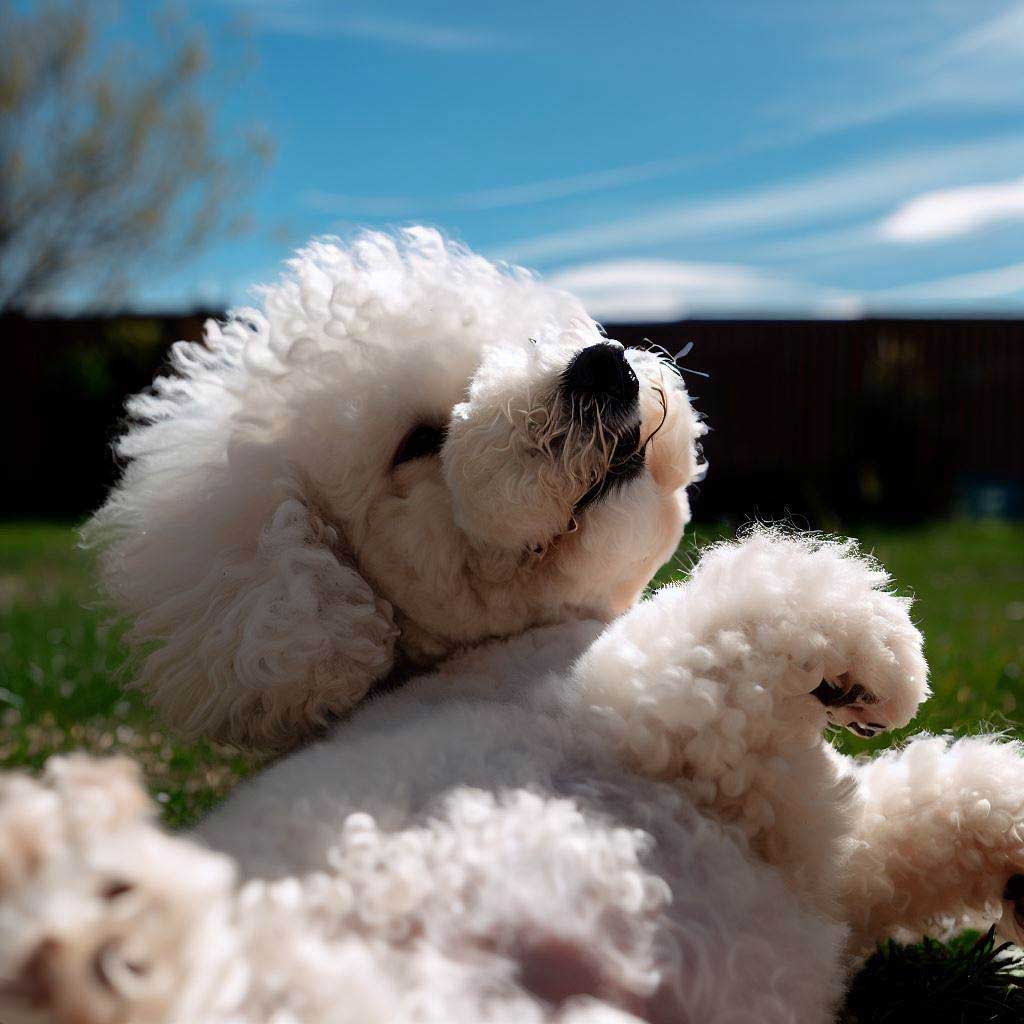
FAQ: How to Teach a Dog to Roll Over
How long does it take a dog to learn roll over?
Teaching a dog to roll over can vary significantly depending on factors like breed, age, temperament, and previous training experience. Generally, it may take anywhere from a few days to several weeks. Being consistent and patient in your approach to teaching this trick is essential for success.
Can all dogs learn to roll over?
While many dogs can learn to roll over, physical limitations and health considerations must be taken into account. For example, dogs with joint issues or certain breeds with short legs might find this command challenging. It’s wise to consult with a veterinarian or professional trainer to ensure that learning how to roll over is appropriate for your specific dog.
What treats should I use?
When teaching a dog to roll over, using healthy and appealing treats is vital. Soft, chewy treats that are easily broken into small pieces can be ideal. Look for natural ingredients and consider your dog’s dietary needs and preferences.
My dog is not responding. What am I doing wrong?
If you’re struggling with how to teach a dog to roll over, it could be due to a variety of factors. You might be moving too quickly through the steps, or perhaps the environment is too distracting. Review the steps, ensure consistency, and try training in a calm and familiar location. Don’t hesitate to consult professional help if needed.
Is it too late to teach an older dog to roll over?
It’s never too late to teach an older dog new tricks, including rolling over, provided they are physically capable. Older dogs might require more patience and a gentle approach, but with persistence, they can still learn this fun command.
How often should I practice this trick with my dog?
Consistent, short, and engaging training sessions are key to teaching a dog to roll over. Practice for about 5-10 minutes at a time, several times a day, ensuring that the training stays enjoyable for your dog.
Can I teach my dog to roll over without treats?
Yes, treats are not the only way to teach a dog to roll over. You can use toys, praise, or affection as rewards. The key is to find what motivates your dog and use that as a positive reinforcement.
Is rolling over a safe command for puppies?
Rolling over is generally safe for puppies, but it’s important to be gentle and aware of their physical development. Keep training sessions short and always prioritize your puppy’s comfort and safety.
What other commands should my dog know before learning to roll over?
Before teaching the roll over command, your dog should be comfortable with foundational commands like ‘Sit’ and ‘Lie Down.’ These form the building blocks for learning how to roll over.
How can I tell if my dog is enjoying this trick?
Look for signs of relaxation and engagement, such as wagging tail and alert ears. If your dog shows signs of stress or discomfort, it’s essential to reassess your approach and ensure that learning how to roll over is a positive experience.
Is roll over hard to teach a dog?
While not necessarily hard, teaching a dog to roll over requires patience, consistency, and understanding of your dog’s needs. Following a step-by-step guide and being aware of common mistakes can make the process smoother.
Why won’t my dog learn roll over?
If your dog is struggling with the roll over command, it might be due to health issues, confusion in your instructions, or lack of motivation. Assessing these factors and adapting your training can help in teaching a dog to roll over.
What is the hand signal for roll over?
Hand signals can vary, but a common one is to hold a treat between your fingers and make a circular motion with your hand from your dog’s head towards their tail. This visual cue, combined with verbal command, can effectively guide your dog on how to roll over.
Is it dangerous for dogs to roll over?
No, rolling over is a natural motion for most dogs. However, ensure your dog is on a soft surface to prevent injuries. If your dog shows signs of discomfort or pain while trying to roll over, it could be indicative of underlying health issues and warrants a visit to the vet.
How do I train my dog to roll over – explain?
Training a dog to roll over starts with foundational commands like “sit” and “lie down”. Use a treat to guide your dog’s head to the side, encouraging it to roll. As your dog begins to roll, use the command “roll over”. Practice regularly, reward promptly, and be patient.
How long does it take to teach a dog to roll over?
The time varies based on your dog’s temperament, prior training, and consistency in practice. Some dogs might pick it up in a day, while others might take a week or more. Regular, short training sessions, positive reinforcement, and patience are key for success.
At what age can I teach my puppy to roll over?
You can start teaching puppies as young as 8 weeks old. However, remember that puppies have shorter attention spans, so keep training sessions brief and enjoyable. Focus on positive reinforcement to build a love for learning.
What is the hardest trick to teach your dog?
Complex tricks like “play dead”, “salute”, or even “put away toys” can be more challenging due to their multi-step nature. However, difficulty varies among dogs because a trick that one dog picks up quickly might be extremely challenging for another.
How to teach a stubborn dog to roll over?
Stubborn dogs require extra patience so make sure you use a high-value treat and ensure the training environment is free from distractions. Break the trick into smaller steps, reward tiny progressions, and be consistent with your training sessions.
How to teach a dog to lay down?
Begin with your dog in a “sit” position. Hold a treat close to their nose and lower it down to the ground, leading them to lay down. They’ll naturally follow the treat and as they start to lay down, use the command “down” or “lay”. Make sure you praise and reward them once they’re fully down which is a very important part of the process.
Do you use a treat for all dog breeds to rollover?
While a treat can be a universal motivator, some breeds might be motivated more by toys or praise. It’s essential to find what excites your dog the most. However, always opt for a healthy treat though and ensure they are appropriate for the dog’s size and dietary needs.
Is rolling good in dog beds?
Rolling in their dog beds can be comforting for dogs as it helps them to mark their territory with their scent. Ensure the dog bed is of appropriate size, allowing them to roll comfortably without falling out.
Is rolling over good just after food?
It’s advisable to wait a bit after feeding your dog or giving them a treat before engaging in active tricks like rolling over. This reduces the risk of stomach discomfort from the food or more severe conditions like bloat in larger breeds.
My dog doesn’t repeat the trick.
Consistency is key so ensure you’re using the same command and hand signals each time. Sometimes, over-rewarding can reduce motivation i.e. giving them too many of the same treat afterwards. Yo can also try varying the rewards or introducing a new, exciting and completely different treat.
Our country living lifestyle is great, but there are no trainers nearby, what’s the best way to train our puppy?
The country living lifestyle is a dream for many but with the beauty of technology, consider online dog training courses or tutorials. Additionally you can also invest in good training books, reasearch them online from a reputable store though to make sure they are quality sources. The foundation of training remains consistency, positive reinforcement, and patience, whether in the city or countryside.
Top 3 dog tricks to teach a puppy?
Three cool dog tricks to teach a puppy begin with starting with the basics, which is best, and they are “Sit”, “Stay”, and “Come”. These foundational commands not only offer mental stimulation for yor puppy but are also crucial for safety. Once these are mastered, you can move on to more fun and complex tricks like getting your puppy to roll over and heel when they’re a little older, and your puppy will be better for it.
